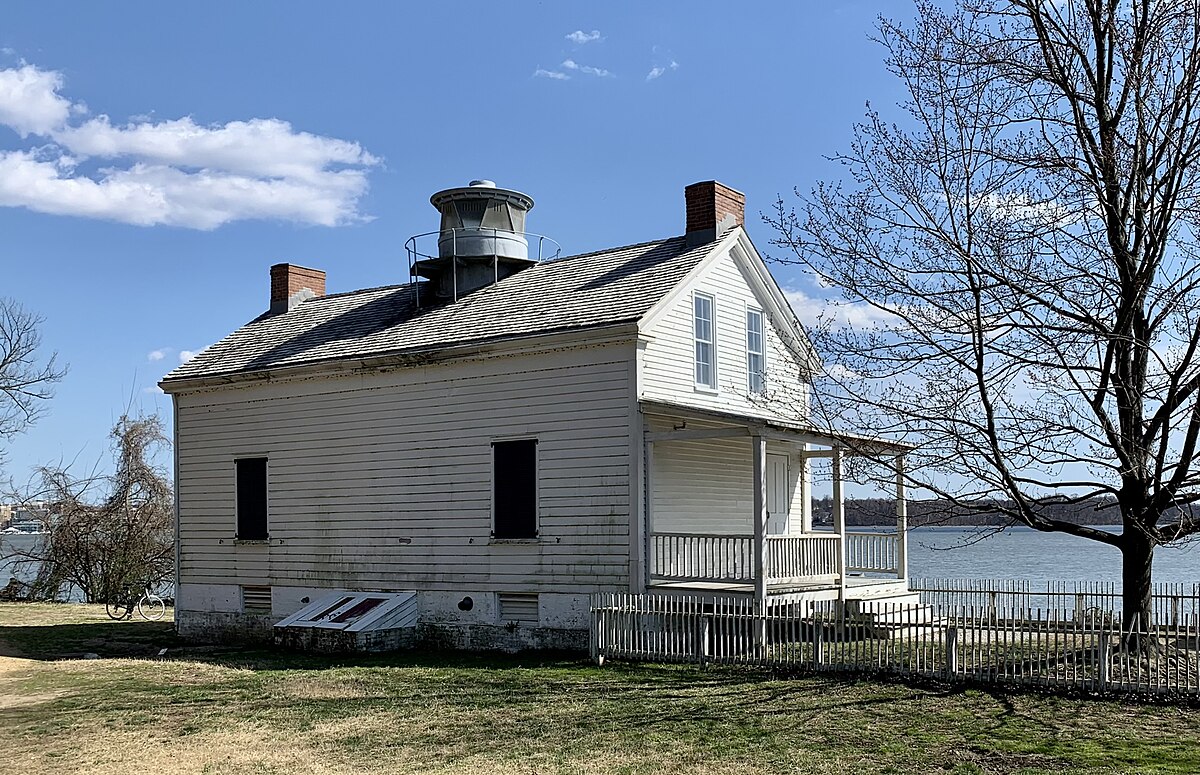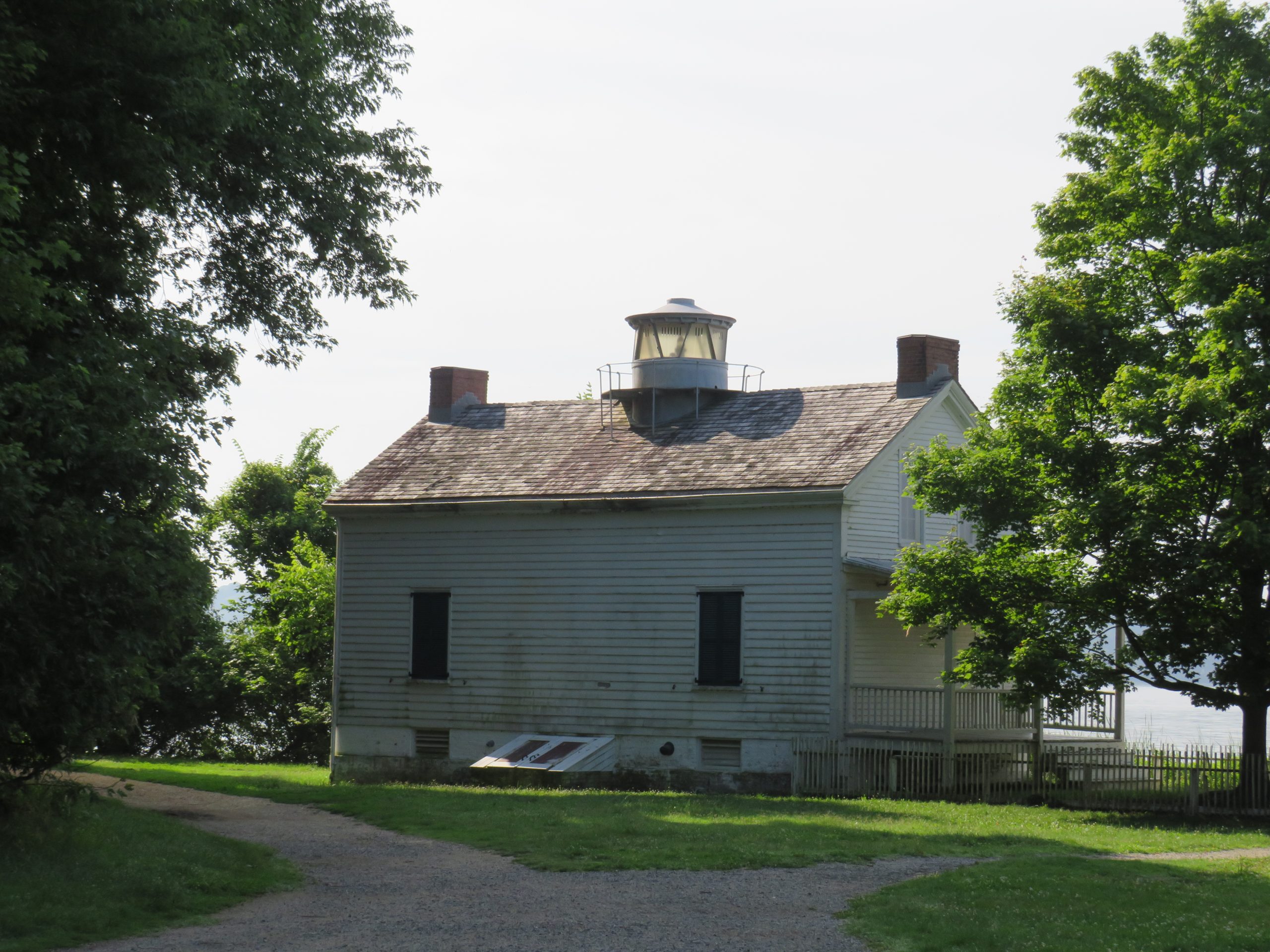Jones Point Lighthouse: A Must-Visit Historic Site for History Lovers
Nestled along the Potomac River in Alexandria, Virginia, Jones Point Lighthouse stands as a quiet guard to the area's maritime past. This historical beacon, with its distinctive architectural layout and abundant heritage, uses a home window into a bygone era of seafaring and navigating. Past its external beauty lies a chest of tales waiting to be discovered, clarifying the vital role this lighthouse played in shaping the neighborhood background. As visitors approach this iconic framework, they are welcomed not just by its physical visibility, yet by a sense of connection to a time when maritime profession and exploration went to the center of American development.
History of Jones Point Lighthouse
The background of Jones Point Lighthouse traces back to its facility in the early 1850s, noting a significant phase in maritime navigation along the Potomac River. Created in 1855, the lighthouse functioned as a crucial help to ships following the river, leading them safely via its waters (Jones Point Lighthouse weather). Designed by designer Benjamin Thornton, the lighthouse stood at an elevation of 39 feet and featured a fifth-order Fresnel lens, which sent out a repaired white light that can be seen for up to 10 miles

Despite being deactivated in 1926, the Jones Factor Lighthouse continues to be a substantial web link to America's naval heritage and remains to draw in visitors thinking about exploring its rich history and significance in the area's maritime past.
Building Attributes and Relevance
Built in 1855 by designer Benjamin Thornton, the Jones Point Lighthouse stands as a sign of naval background along the Potomac River. The lighthouse is a striking example of mid-19th-century architectural layout, including a tapered white tower made of Aquia sandstone climbing 39 feet over the ground. Its traditional conical shape, covered with a black iron lantern room real estate a fourth-order Fresnel lens, is a distinct function that has led many ships along the river.
The architectural significance of the Jones Factor Lighthouse exists not only in its useful function but additionally in its historical value. As one of minority staying riverine lighthouses in the United States, it works as a tangible suggestion of the value of maritime navigation in the growth of the nation. The lighthouse's design shows the craftsmanship and design skills of the moment, showcasing a blend of kind and function that has actually stood the test of time. Seeing this iconic framework provides a glimpse into the past and a deeper admiration for the function lighthouses played fit American history.
Maritime Heritage and Function
With a heritage deeply intertwined with the marine background of the region, the Jones Factor Lighthouse stands as important source a testimony to the important function played by navigational help fit the advancement of seaside communities. Located at a critical location along the Potomac River, this historic lighthouse not just led ships safely with treacherous waters however additionally worked as a beacon of expect seafarers browsing the bustling maritime trade paths of the 19th century.

Moreover, the lighthouse's existence underscores the relevance of maintaining marine history, recognizing the sailors, lighthouse keepers, and maritime employees whose commitment and proficiency were instrumental in making certain risk-free maritime navigation. Today, site visitors can explore this iconic structure and submerse themselves in the rich maritime heritage it stands for.
Visitor Experience and Scenic Tours
Nestled along the attractive shoreline of the Potomac River, visitors to Jones Factor Lighthouse are greeted with a special possibility to delve right into the area's maritime history. The site visitor experience at Jones Point Lighthouse is both academic and interesting, offering a peek right into the life of a lighthouse caretaker and the significance of maritime navigating in the past. Led tours supply comprehensive information regarding the lighthouse's building and construction in 1855 and its duty in guiding ships along the Potomac River.
Visitors can check out the numerous areas of the lighthouse, including the keeper's quarters, the lantern space, and the storage space locations. The educated tour guides share interesting tales concerning the lighthouse's procedure and its value in ensuring safe passage for ships approaching Alexandria. Furthermore, visitors can take pleasure in spectacular views of the Potomac River and the surrounding landscape from the top of the lighthouse.
Preservation Efforts and Future Plans
The continuous commitment to preserving the historical stability of Jones Point Lighthouse while executing forward-looking conservation techniques underscores the significance of its preservation efforts and outlines a vision for its future development. Conservation campaigns at Jones Factor Lighthouse concentrate on both structural conservation and historical analysis. The Lighthouse's conservation group collaborates with historians, architects, and preservation professionals to make sure that the site's distinct architectural attributes are guarded for future generations.
Future prepare for Jones Point Lighthouse involve boosting site visitor experiences with interactive exhibits, led scenic tours, and academic programs that look into the abundant maritime history surrounding the lighthouse. Additionally, there are conversations regarding expanding the lighthouse's duty as an area hub by organizing social events, workshops, and outreach tasks to engage a wider target market.
Final Thought
In final thought, Jones Factor Lighthouse stands as a significant historic website with building and maritime value. This lighthouse offers as a testament to the maritime heritage of the area and holds an unique place in the hearts of history lovers.
Please visit one of our local supporters - Estrella Esthètique Brow Tinting
Comments on “Experience the Beauty: Jones Point Lighthouse Activities for All Ages”